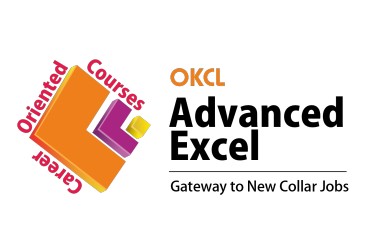
The academic approach of the courses focuses on the “work-centric” education i.e. begin
with work (and not from a book!), derive knowledge from work and apply that knowledge to
make the work more wholesome, useful and delightful. The ultimate objective is to
empower the Learner to engage in socially useful and productive work.
It aims at
leading
the learner to his/her rewarding career as an employee or entrepreneur as well as
development of the community to which s/he belongs. Learning methodology:
Step -1: Learners are given an overview of the course and its connection to life and
work.
Step -2: Learners are exposed to the specific tool(s) used in the course through the
various real-life applications of the tool(s).
Step -3: Learners are acquainted with the careers and the hierarchy of roles they can
perform at workplaces after attaining increasing levels of mastery over the tool(s).
Step -4: Learners are acquainted with the architecture of the tool or tool map so as to
appreciate various parts of the tool, their functions, utility and inter-relations.
Step -5: Learners are exposed to simple application development methodology by using the
tool at the beginner’s level.
Step -6: Learners perform the differential skills related to the use of the tool to
improve the given ready-made industry-standard outputs.
Step -7: Learners are engaged in appreciation of real-life case studies developed by the
experts.
Step -8: Learners are encouraged to proceed from appreciation to imitation of the
experts.
Step -9: After the imitation experience, they are required to improve the expert’s
outputs so that they proceed from mere imitation to emulation.
Step-10: Emulation is taken a level further from working with differential skills
towards the visualization and creation of a complete output according to the
requirements provided. (Long Assignments)
Step-11: Understanding the requirements, communicating one’s own thoughts and presenting
are important skills required in facing an interview for securing a work order/job. For
instilling these skills, learners are presented with various subject-specific technical
as well as HR-oriented questions and encouraged to answer them.
Step-12: Finally, they develop the integral skills involving optimal methods and best
practices to produce useful outputs right from scratch, publish them in their ePortfolio
and thereby proceed from emulation to self-expression, from self-expression to
self-confidence and from self-confidence to self-reliance and self-esteem!